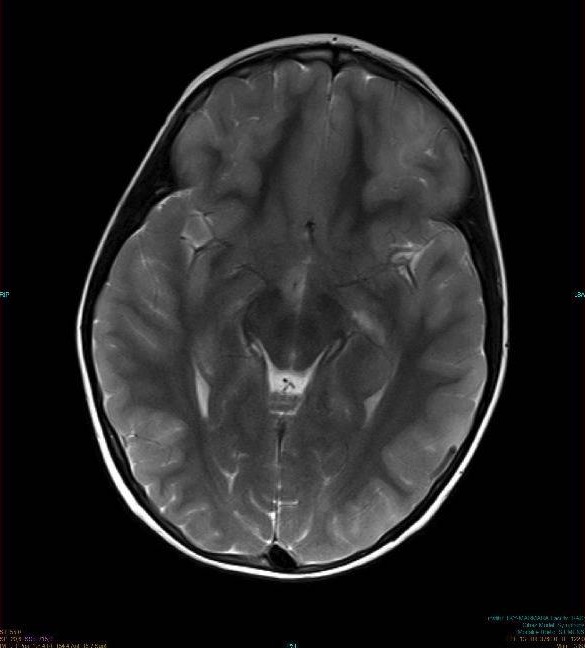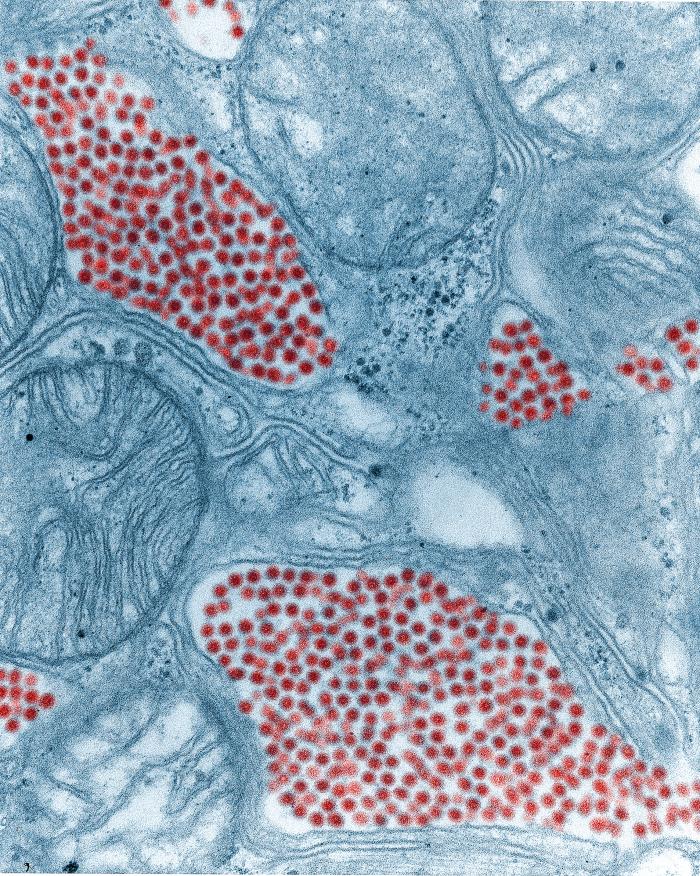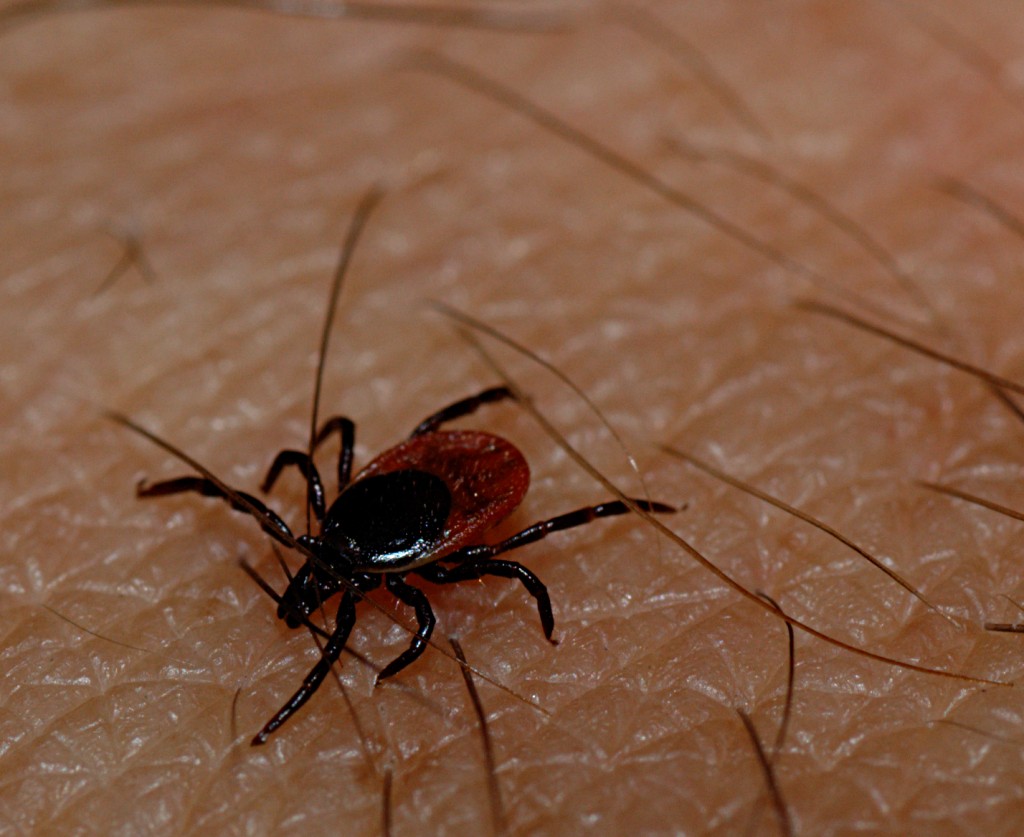Playlist
Show Playlist
Hide Playlist
Encephalitis: Vector-borne Viruses
-
Slides Encephalitis InfectiousDiseases.pdf
-
Reference List Infectious Diseases.pdf
-
Download Lecture Overview
00:01 Let's discuss first the pathogenesis of the vector-borne viruses. 00:08 Most of these have an animal or enzootic cycle without human infection. 00:13 In other words, they cause disease in animals that never gets to humans. 00:17 For example, the equine encephalitidis. 00:24 They are spread by the bite of a mosquito or a tick and the virus is able to replicate in dendritic cells and macrophages in the local tissue near the bite, spreads to the lymph nodes, and from the lymph nodes gains access to the bloodstream causing viremia and spread to the central nervous system. 00:50 And there are multiple host and viral factors involved. 00:55 First of all, there is infection of endothelial cells, blood vessel cells. 01:01 The ability to penetrate the micro vasculature and penetrate the choroid plexus in the brain and then when they get into the brain they cause infection and death of neurons either directly or by apoptosis, which is an important mechanism of nerve cell destruction. 01:28 Rabies, on the other hand, is common in developing countries in dogs, but pretty rare in developed countries. 01:40 In fact, there have been no cases from dog bites in the United States or Puerto Rico in the last four years from dog bites. 01:50 And in developed countries, 93% of rabies is from raccoons, and most importantly, from bats. 02:01 Skunks and foxes also can carry these. 02:06 And the bottom line is, these animals are normally afraid of human beings. 02:12 So, for example, if a raccoon walks into your yard and doesn't seem to be afraid of you, that raccoon may well be rabid. 02:22 Ditto a fox. 02:27 And in rabies, the bite from the infected animal is teeming with saliva viruses. 02:36 And the saliva invades the motor and sensory nerves at the site of the bite and the incubation period can be short, say, seven days or six years or longer. 02:52 And what happens is that the virus moves to the dorsal root ganglia and the spinal cord and then causes neuropathic pain and then moves up the spinal cord to cause encephalitis. 03:07 And the closer the bite is to the brain, for example, a bite on the face, the more rapid is the incubation period. 03:16 The prodrome consists of nonspecific flu-like symptoms, there may also be specific neurologic signs and symptoms at the site of virus entry that are suggestive of rabies infection, including paresthesias, pain and pruritus. 03:28 An acute neurologic syndrome of either encephalitic or paralytic rabies follows the prodrome and typically lasts for two to seven days. 03:36 Manifestations may include hyperactivity, persistent fever, fluctuating consciousness, painful pharyngeal or inspiratory spasms, autonomic stimulation (hypersalivation), hydrophobia and seizures. 03:48 Paralytic rabies is characterized by quadriparesis and sphincter involvement. 03:53 With respect to the pathogenesis of the herpes simplex virus, there are lots of questions that remain. 04:00 The exact mechanism of central nervous system invasion is not really known. 04:05 It could be that the herpes simplex virus causes this classic gingivostomatitis and could cause inflammation of the oral mucosa and the gums and go through the axons to the trigeminal ganglion and then into the central nervous system. 04:24 Or alternatively, it could invade the olfactory bulb through the nasal mucosa, go to the frontal and medial temporal lobe. 04:33 But the cause of cell death and tissue injury is either from direct neuronal killing or from, as in the other viruses, apoptosis.
About the Lecture
The lecture Encephalitis: Vector-borne Viruses by John Fisher, MD is from the course CNS Infection—Infectious Diseases. It contains the following chapters:
- Pathology – Vector-borne Viruses
- Rabies Virus
- Herpes Simplex Virus
Included Quiz Questions
Which of the following best represents the incubation period for rabies?
- One week to 6 years
- 6 to 7 hours
- 24 hours
- Up to one hour
- 1-2 years
Initially after an infected mosquito bite, where do vector-borne viruses commonly replicate?
- In local tissue dendritic cells and macrophages
- In the blood stream
- In brain tissue
- In the mucous layer of the gastrointestinal system
- In hepatic tissue
Which of the following animals is the most common source of human rabies in the United States?
- Bats
- Foxes
- Dogs
- Raccoons
- Skunks
Which of the following rabies-infected bat bites is most likely to have the shortest incubation period before the patient develops symptoms of encephalitis?
- An infected bat bite on the neck
- An infected bat bite on the hand
- An infected bat bite on the lower leg
- An infected bat bite on the trunk
- An infected bat bit on the toe
Customer reviews
5,0 of 5 stars
| 5 Stars |
|
5 |
| 4 Stars |
|
0 |
| 3 Stars |
|
0 |
| 2 Stars |
|
0 |
| 1 Star |
|
0 |







